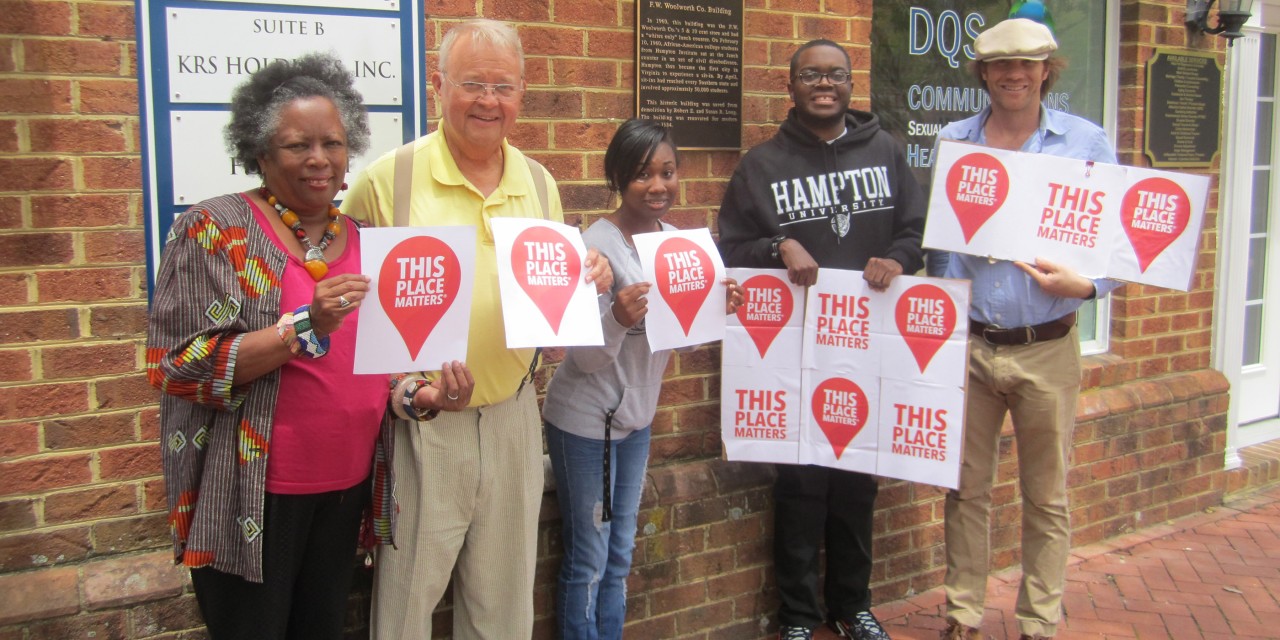N.S. woman says court system failing her as intimate partner violence case drags on – Global News

Systemic Failures in Judicial Response to Intimate Partner Violence and Implications for Sustainable Development Goals
An ongoing legal case involving an intimate partner violence (IPV) survivor highlights significant deficiencies within the justice system, undermining progress toward key United Nations Sustainable Development Goals (SDGs), particularly SDG 5 (Gender Equality) and SDG 16 (Peace, Justice and Strong Institutions).
Case Background: A Survivor’s Experience
The case of Brandi Whynot, a survivor of an alleged IPV attack in 2021, illustrates the profound challenges victims face. Five years after the incident, the case remains unresolved, demonstrating systemic delays that contravene the principles of timely justice.
- Protracted Legal Process: The accused has reportedly missed numerous court dates with minimal consequences, extending the legal proceedings and exacerbating the victim’s distress.
- Psychological Impact on the Victim: The survivor reports experiencing severe anxiety and exhaustion due to the prolonged process and the mandate to appear in court, often to find the accused absent. This directly impacts her well-being, a core component of SDG 3 (Good Health and Well-being).
- Procedural Inequities: The survivor is compelled to testify under threat of criminal charges and faces restrictions on her victim impact statement. Furthermore, she has been denied a support person during testimony, a provision reportedly available to the accused.
Alignment with Sustainable Development Goals (SDGs)
This case serves as a critical assessment of the institutional capacity to protect vulnerable populations and deliver justice, revealing significant gaps in the implementation of the SDGs.
SDG 16: Peace, Justice and Strong Institutions
The survivor’s experience points to a failure to uphold targets within SDG 16, which calls for effective, accountable, and inclusive institutions.
- Access to Justice (Target 16.3): The extensive delays and lack of enforcement against the accused’s non-compliance demonstrate an erosion of the rule of law and unequal access to justice for victims.
- Institutional Accountability (Target 16.6): The system is described as isolating and re-traumatizing for the survivor, indicating a lack of victim-centric protocols and institutional accountability. The feeling of being “controlled by him” through the judicial process itself signifies a systemic failure.
SDG 5: Gender Equality
The case underscores the challenges in achieving SDG 5, specifically its target on eliminating all forms of violence against women and girls.
- Elimination of Violence (Target 5.2): An ineffective justice system that fails to provide swift and fair resolution for IPV cases acts as a barrier to eliminating violence against women. It perpetuates a cycle of control and fails to provide a credible deterrent.
Recommendations for Institutional Reform
Expert analysis provided by lawyer Pamela Cross, who contributed to Nova Scotia’s Mass Casualty Commission, suggests actionable steps to align the justice system’s response with SDG principles.
- Enhanced Judicial Education: Implement mandatory training for judges to ensure they understand the dynamics of terror and control inherent in intimate partner violence, fostering a more empathetic and informed judicial environment.
- Adoption of Restorative Justice Models: Explore and integrate alternative justice models that can better address the needs of survivors and prevent re-traumatization within the adversarial court system.
- Provision of Victim Support: Amend court procedures to guarantee that survivors have the right to a support person during all legal proceedings, including testimony, to ensure equitable treatment and reduce psychological distress.
The survivor’s continued pursuit of justice underscores a critical need for systemic reform. Achieving a judicial system that supports, rather than further victimizes, survivors is essential for making substantive progress on gender equality and ensuring justice for all.
Analysis of Sustainable Development Goals in the Article
1. Which SDGs are addressed or connected to the issues highlighted in the article?
-
SDG 5: Gender Equality
The article directly addresses SDG 5 by focusing on the issue of “intimate partner violence,” a specific form of violence against women. The story of Brandi Whynot, a female survivor, highlights the challenges women face when seeking justice, which is a critical aspect of achieving gender equality and empowering women and girls.
-
SDG 16: Peace, Justice and Strong Institutions
This goal is central to the article, which provides a detailed critique of the justice system’s failures. The narrative describes a system that is slow (“slugging through the justice system with no end in sight”), ineffective in holding perpetrators accountable (“skipped out on dozens of court dates and has faced few consequences”), and re-traumatizing for victims (“the justice system doesn’t support victims”). The call for “judicial education” and “restorative justice models” directly relates to building effective, accountable, and inclusive institutions.
2. What specific targets under those SDGs can be identified based on the article’s content?
-
Under SDG 5: Gender Equality
- Target 5.2: Eliminate all forms of violence against all women and girls in the public and private spheres. The entire article is based on the experience of a survivor of “intimate partner violence,” which is a primary focus of this target. The story details the aftermath of a violent attack alleged to have occurred in 2021.
-
Under SDG 16: Peace, Justice and Strong Institutions
- Target 16.1: Significantly reduce all forms of violence and related death rates everywhere. The article discusses a case of physical violence where a woman alleges she was “attacked by her partner.” Addressing such violence is the core aim of this target.
- Target 16.3: Promote the rule of law at the national and international levels and ensure equal access to justice for all. The article is a case study in the failure to provide equal and timely access to justice. This is evidenced by the five-year delay in the trial, the accused facing “no repercussions” for missing court dates, and the victim’s feeling that she is “put through more hoops than what the accused is.”
- Target 16.6: Develop effective, accountable and transparent institutions at all levels. The article critiques the justice system’s lack of effectiveness and accountability. The suggestion by lawyer Pamela Cross for “judicial education” to help judges “understand the terror that many survivors of intimate partner violence feel” is a direct call to improve the capacity and effectiveness of judicial institutions.
3. Are there any indicators mentioned or implied in the article that can be used to measure progress towards the identified targets?
-
Indicators for SDG 5
- Indicator 5.2.1: Proportion of ever-partnered women and girls subjected to physical, sexual or psychological violence by a current or former intimate partner. While the article does not provide statistics, Brandi Whynot’s personal account of being “attacked by her partner” is a qualitative example of the phenomenon this indicator measures.
-
Indicators for SDG 16
- Implied Indicator: Timeliness of judicial proceedings. The article explicitly mentions that the victim is “still waiting for him to be tried in court five years later” and that the case is “slugging through the justice system.” The duration of legal proceedings is a clear, measurable indicator of justice system efficiency.
- Implied Indicator: Victim’s perception of fairness and support within the justice system. The victim’s direct quotes serve as powerful qualitative indicators. Statements like, “It feels like the victim is put through more hoops than what the accused is,” and the feeling of being “controlled by him” and “stuck in that cycle” through the court process, measure the perceived fairness and accessibility of justice.
- Implied Indicator: Availability and application of victim support services. The article mentions the victim’s desire to “have my victim support worker sit next to me,” which was denied. The existence and accessibility of such support mechanisms during legal proceedings is an indicator of an institution’s capacity to support victims.
- Implied Indicator: Implementation of specialized training for judicial officials. The call for “judicial education” implies that the presence, scope, and frequency of such training programs for judges on issues like intimate partner violence can be used as an indicator of institutional strengthening.
4. Summary Table of SDGs, Targets, and Indicators
| SDGs | Targets | Indicators (Identified or Implied in the Article) |
|---|---|---|
| SDG 5: Gender Equality | 5.2: Eliminate all forms of violence against all women and girls. | Indicator 5.2.1: The article provides a qualitative case study of a woman subjected to intimate partner violence (“attacked by her partner”). |
| SDG 16: Peace, Justice and Strong Institutions | 16.1: Significantly reduce all forms of violence. | The specific case of intimate partner violence described is an instance of the violence this target aims to reduce. |
| 16.3: Promote the rule of law and ensure equal access to justice for all. |
|
|
| 16.6: Develop effective, accountable and transparent institutions. |
|
Source: globalnews.ca

What is Your Reaction?
 Like
0
Like
0
 Dislike
0
Dislike
0
 Love
0
Love
0
 Funny
0
Funny
0
 Angry
0
Angry
0
 Sad
0
Sad
0
 Wow
0
Wow
0



























;Resize=805#)


















































